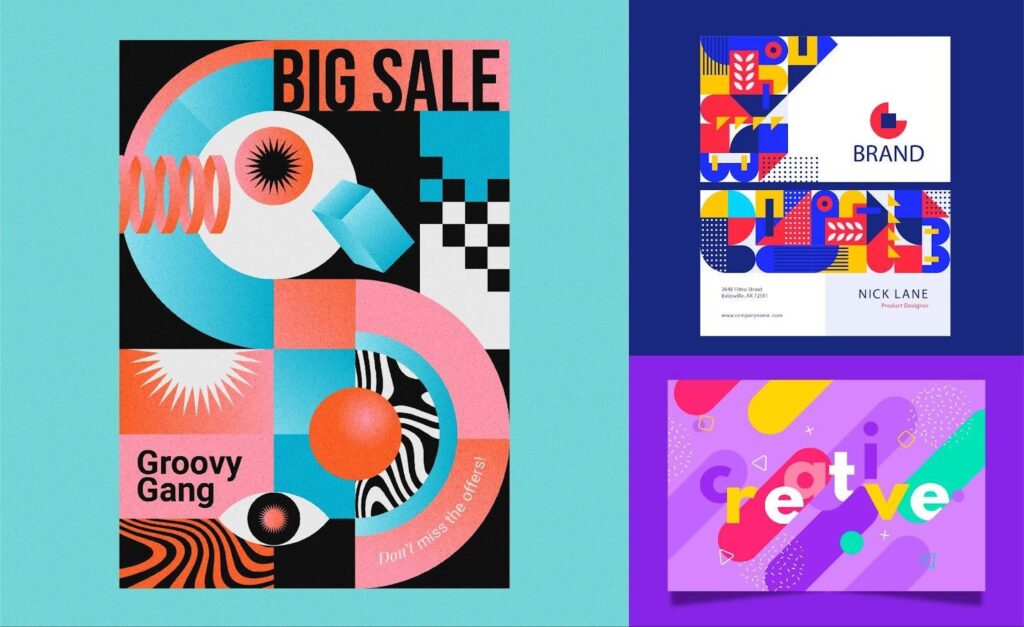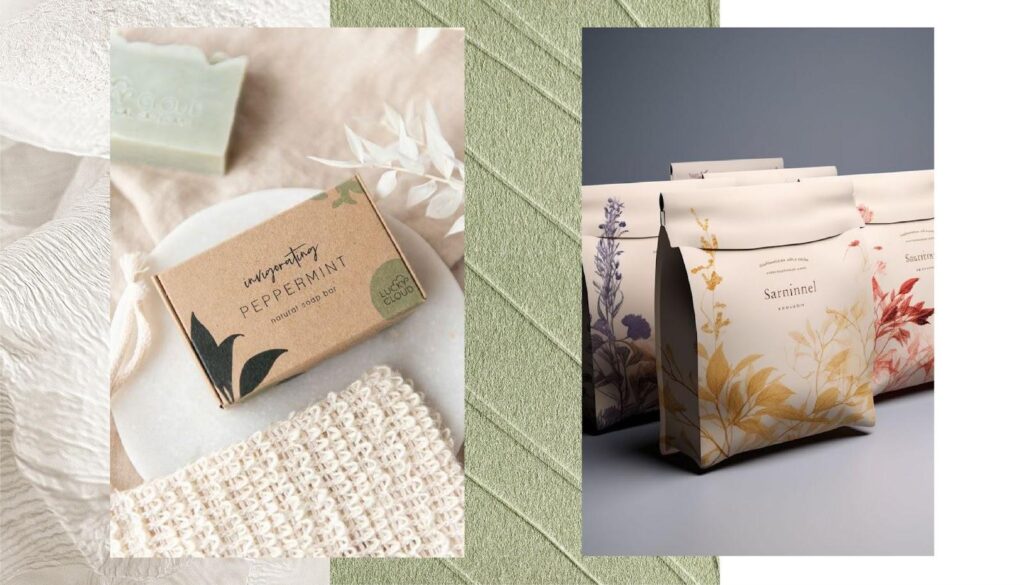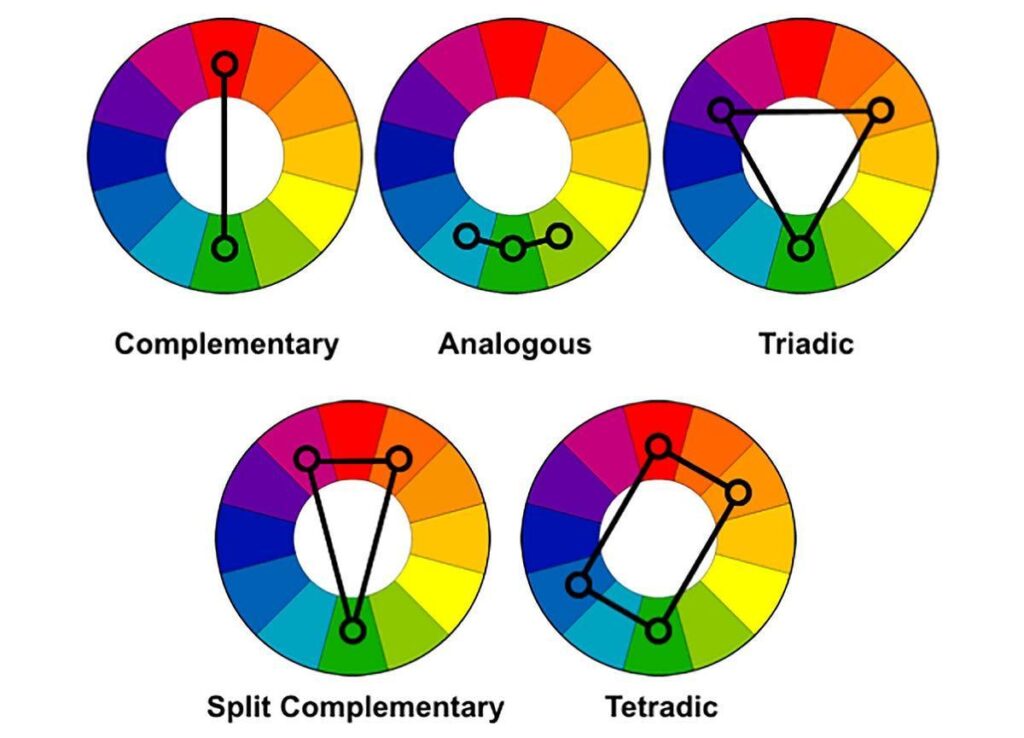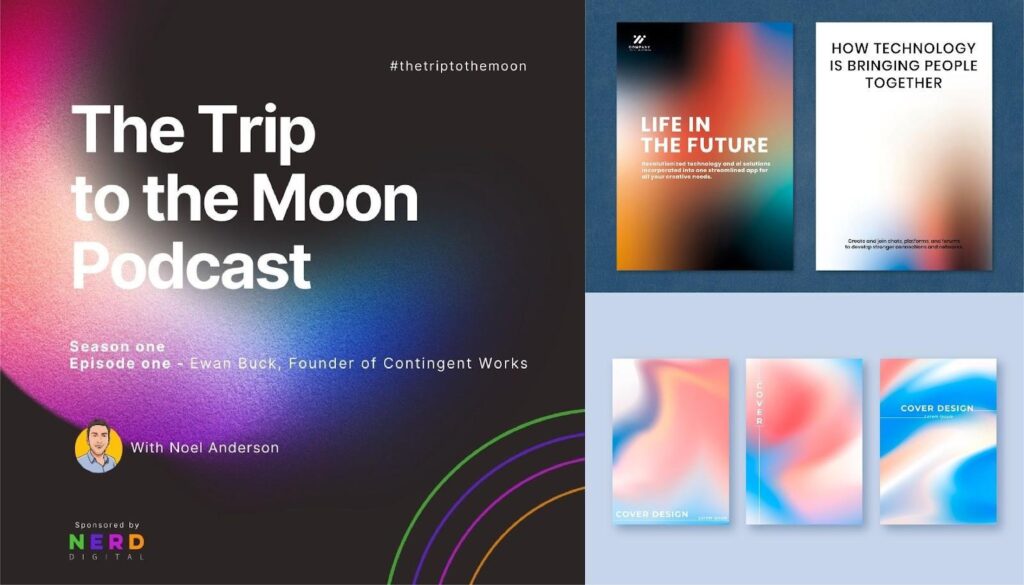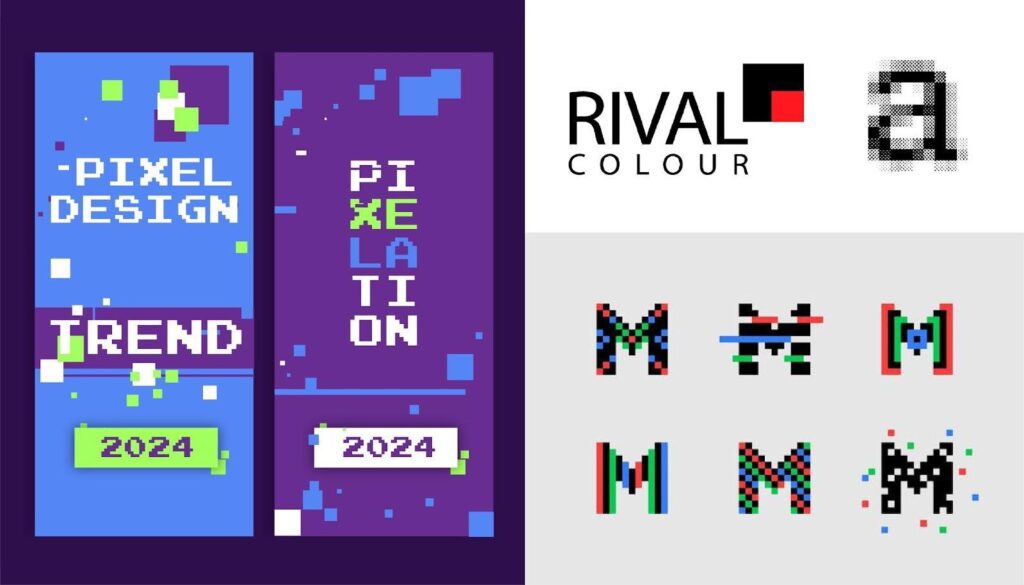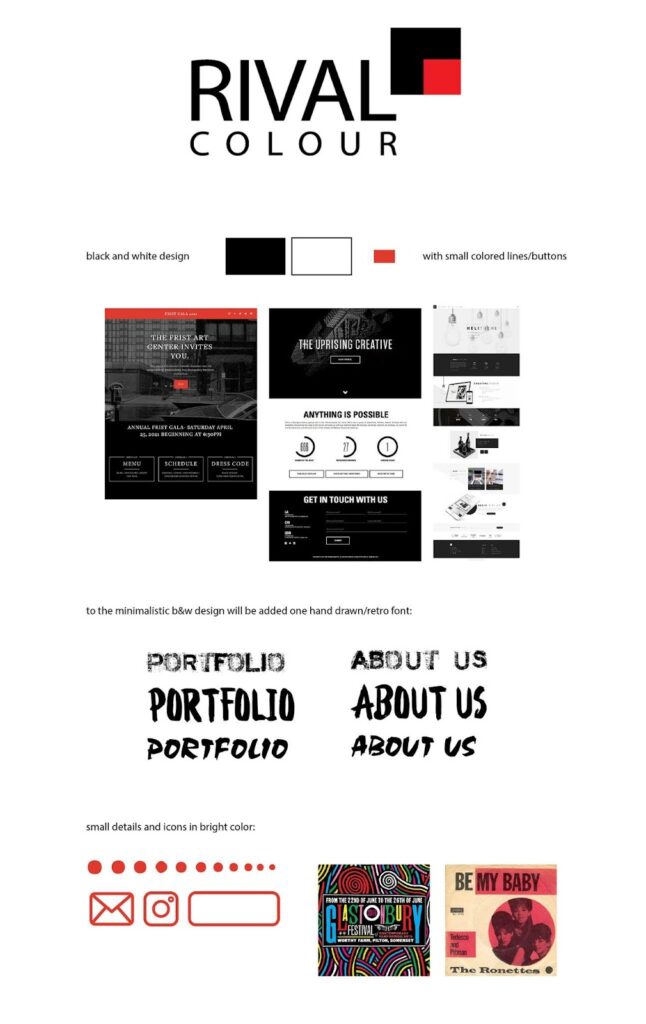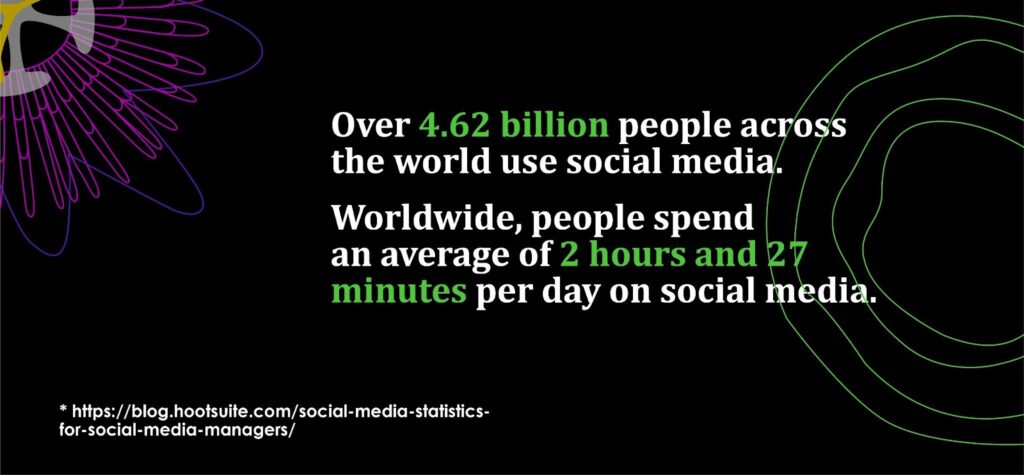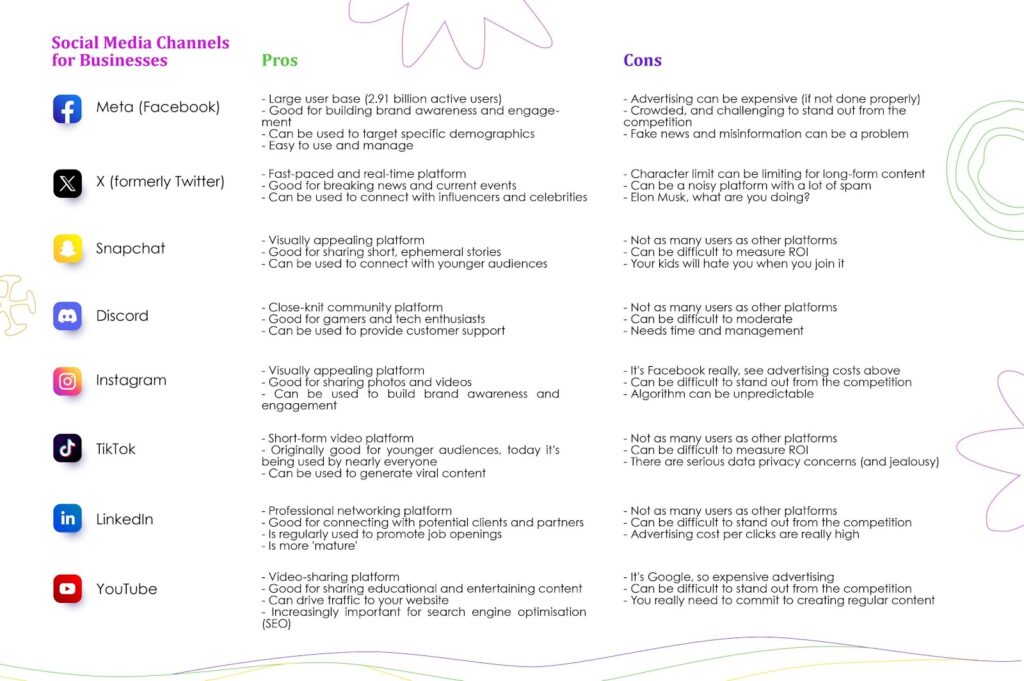Reimagining Customer Engagement in The Post-Authenticity Era
For years, brands and creators have chased authenticity—packaging and selling it as an experience. Corporate social media accounts greet us with “Hey bestie! ❤️” while influencers share deeply personal stories just to segue into a sponsored product. But as AI becomes increasingly skilled at mimicking authenticity, audiences are beginning to experience what we call “authenticity fatigue.”
The problem? Authenticity, by its very nature, disappears the moment we try to manufacture it. Consumers are no longer buying into the curated vulnerability of influencers, the staged “candid” moments, or the calculated casualness of corporate brands. The illusion of realness has worn thin.
So, what’s next?
Rather than striving to be “real,” brands in 2025 are embracing the surreal, the magical, and the immersive—leaning into the artificial instead of resisting it. Design is no longer about mimicking reality; it’s about creating new worlds that captivate audiences in fresh, imaginative ways.
Here’s how this shift is shaping design and branding trends in 2025:
1. AI-Led Design as a Creative Partner
AI is no longer just a tool for automation—it’s a collaborator in the creative process. From generating concepts to refining visuals, AI is unlocking new levels of experimentation and originality. Instead of using AI to manufacture relatability, brands are now leveraging it to wow audiences with bold, never-before-seen designs.
This shift allows for:
- Faster ideation – AI assists in brainstorming and prototyping, freeing up time for refinement and execution.
- Boundary-pushing visuals – AI-generated imagery isn’t bound by physical reality, enabling designers to explore hyper-surreal aesthetics.
- A shift from realism to spectacle – Instead of making digital experiences feel “real,” designers are embracing the extraordinary.



2. Immersive Storytelling & Brand Worldbuilding
Brands are no longer trying to recreate real life—they’re building immersive, fictional narratives that customers can step into. Instead of selling a product, they’re inviting audiences into a fully-realised universe.
🔹Example: Prepped: Food for the End of the World—a meal prep brand that gamifies meal planning with apocalypse-inspired branding, turning everyday food prep into a playful survivalist experience.
This trend blurs the lines between branding and entertainment, making every interaction feel like a journey rather than a transaction.

3. Participatory Experiences & Co-Creation
Engagement is no longer passive. Instead of just consuming content, audiences now participate, contribute, and shape the experience themselves.
🔹Example: Charli XCX’s Brat Generator—an interactive campaign that allowed fans to generate personalised visuals mimicking the album’s cover art. Fans didn’t just consume marketing; they became part of it.
Interactive, participatory elements like these turn consumers into co-creators, deepening their connection to the brand and amplifying organic reach.

4. AI-Powered Hyper-Surreal Visuals
As AI tools become more sophisticated, we’re seeing a rise in maximalist, dreamlike compositions that defy conventional design constraints. Expect to see:- Bold, surreal AI collages – Layered, high-contrast visuals that feel both futuristic and nostalgic.
- Generative design interfaces – Websites and apps that change in real-time based on user interactions, creating ever-evolving digital spaces.
The above video was created by Justin Hackney, co-founder of Wonder Studios, who recently secured $3 million in pre-seed funding. This funding will support their development of an AI filmmaking ecosystem and their plans to produce films for entertainment and advertising, incubate emerging talent, and create original IP using generative AI. Follow the money!
5. Maximalist Illustration & Sensory Overload
Minimalism is taking a backseat as elaborate, detail-heavy illustrations make a comeback. These visually rich designs encourage users to slow down and explore. 🔹 Think:- Dense, colourful compositions that feel almost overwhelming.
- Layered, intricate designs that invite deeper engagement.
- A rejection of clean, sterile aesthetics in favor of raw, chaotic energy.




6. Maximum Colour Contrast & Vivid Palettes
High-contrast colour pairings are dominating digital and print design, breaking away from muted, neutral tones.
🔹 Why?
-
Bold colours demand attention in an oversaturated content landscape.
-
They create emotional impact, conveying energy, excitement, and intensity.
-
Contrast disrupts expectations, making designs feel fresh and unconventional.
This trend is a reaction to the bland, beige aesthetics of the past decade, injecting energy back into digital spaces.



7. Handcrafted & Mixed Media Elements
In contrast to AI-generated imagery, designers are incorporating
handmade elements to maintain a sense of humanity. 🔹 Think:- Organic lettering & doodles – A raw, imperfect look that feels personal.
- Earthy textures & physical materials – Collages, torn paper, hand-painted elements.
- Hybrid digital-analogue styles – Mixing AI with handcrafted touches to create a uniquely human aesthetic.
This trend strikes a balance between tech-driven innovation and tactile warmth.




8. Retro Serif Typography & Nostalgia Branding
Serif fonts are making a strong comeback, but with a modern twist. Expect to see classic typefaces reinterpreted for contemporary digital spaces.
🔹 Why it works:
- Serifs evoke nostalgia and heritage, lending a sense of authenticity to modern brands.
- They stand out in a sea of sans-serif digital design, creating contrast.
- They bridge the past and the future, offering a mix of familiarity and innovation.
This typography shift reflects a broader cultural movement: a longing for the past, but through a futuristic lens.




9. Designing for Diversity & Inclusion
More brands are prioritizing accessibility and genuine representation. But instead of performative diversity, we’re seeing more thoughtful, integrated approaches to inclusivity. 🔹 This includes:- Accessibility-first design – Ensuring digital experiences are navigable for users of all abilities.
- Broader representation in imagery – Moving beyond tokenism to authentically reflect diverse identities and cultures.
- Cultural storytelling – Brands drawing from rich, global traditions rather than defaulting to Eurocentric aesthetics.

The Future of Brand Engagement: Experience Over “Authenticity”
Ironically, the most authentic thing brands can do right now is stop trying to be authentic.
Instead of forcing relatability, the 2025 audience craves experiences that make them feel something—excitement, curiosity, nostalgia, or playfulness.
The brands that will thrive are the ones that blend technology, artistry, and interactivity to create experiences that feel truly immersive, surprising, and unforgettable.
In this new era, connection isn’t about proving “realness.”
It’s about making the experience itself the most genuine thing in the room.


